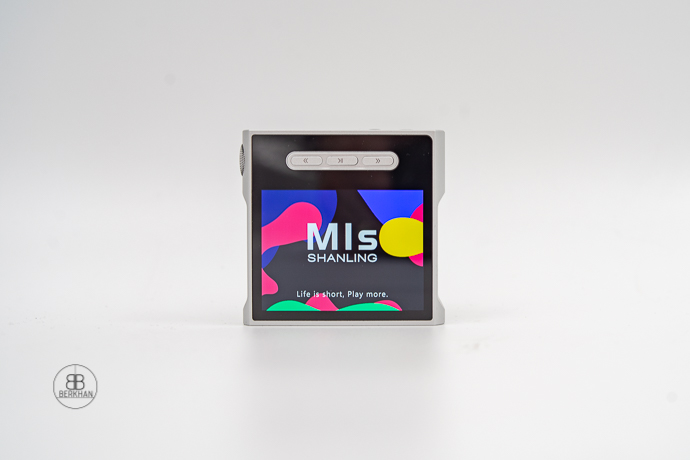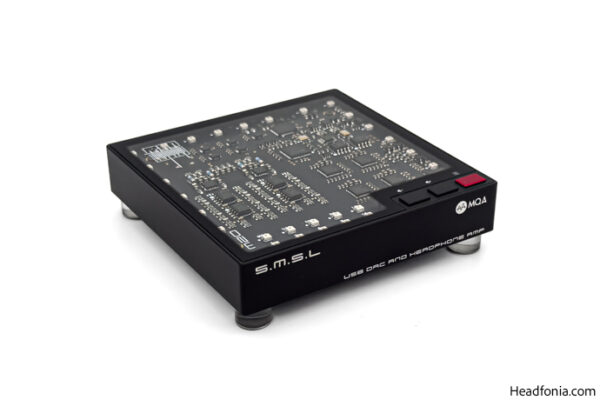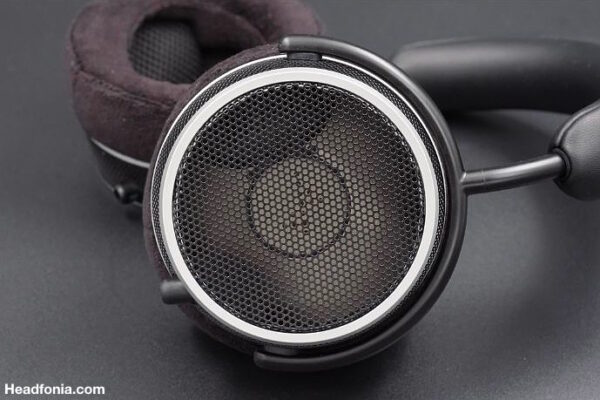Today we take a look at Shanling M1s, the bigger brother of the M0 Pro. Check out how this little device performs.
Disclaimer: We received the Shanling M1s from Aoshida Audio for this review. It goes for 229$.
Shanling
Founded in 1988, Shanling has been developing Hi-Fi products for more than 30 years now. From high-end CD players to classy tube amps, the brand made a name thanks to great craftsmanship and top-of-the-line performance.
Shanling has been making very impressive devices in the last few years. We’ve covered a lot of them if not all. You can check out our Shanling reviews here. Of course, they’re mostly known for their DAPs, but they also make some IEMs and DACs, which usually perform very well too.
Especially when it comes to players, Shanling has established a great portfolio and great design language across the board. The M series has reached great popularity and a customer base. Shanling’s expansion never stops, and I’m looking forward to new releases. We’re also planning to review the M9 Plus flagship model soon.
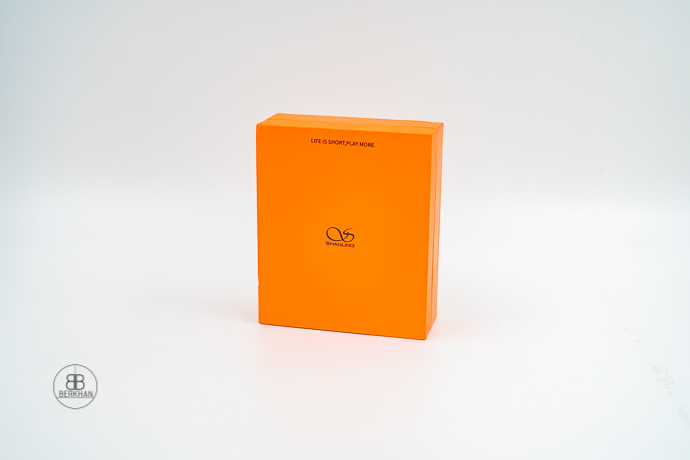
M1s
The Shanling M1s is the new small and compact player from Shanling. It shares the same design characteristics as the other models, yet it has a very compact form. The new M1s also has nice features. It plays DSD512 files, as well as all the other formats you can imagine, you can use it as a USB DAC, and you can also use it almost like a “Bluetooth module”, with LDAC and aptX HD codecs with its BT DAC function.
You also have the “Eddict Player” app from Shanling to control the device from your phone. It also has WiFi, although not for streaming purposes (for now), but for connecting to your home network.
For the audio circuit, Shanling used the familiar ESS9038QM2 chip on the digital stage. Two Ricore RT6863 amplifier chips are used to provide decent output power. The SE output gives 144mW, and the BAL out gives 245mW at 32Ω as a result. Decent numbers in today’s market, especially for the size of this unit.
You can get the new M1s from Aoshida Audio here.
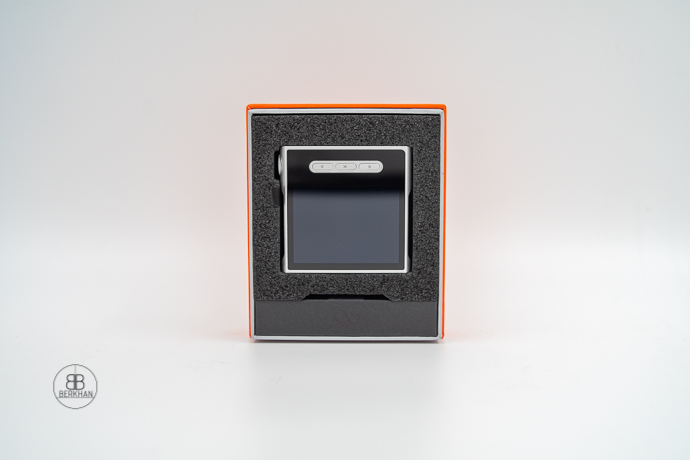
Packaging
As its size, the packaging of the M1s is very compact and is exactly the same as the M0 Pro. The box presents the device on top and the charging cable on the bottom. The M1s doesn’t have a protective film on the screen pre-installed. However, you have two screen protectors in the package, in case you want to apply them yourself.
Shanling also offers a leather case yet at an additional cost. The package of the unit doesn’t include one. For a super-compact DAP that costs just 229$, the package and its content are good. Shanling could’ve included a case, but they chose not to regardless.
Design & Build
The DAPs I reviewed recently from Shanling have great designs. However, this might come to you a bit odd and out of place, mainly because of the three buttons on top of the screen. They’re there for play/pause, skip/previous track. This choice from Shanling is questionable. Maybe they thought about using the player without touching the screen for playback control.
Nevertheless, these buttons are a part of the design. But another problem here is that it sacrifices some space on the screen. And when it’s held in its original position, your thumb covers a lot of screen space as well. However, Shanling has a solution in which you can invert the screen upside down from the software, to place the buttons on the bottom. That works better overall.
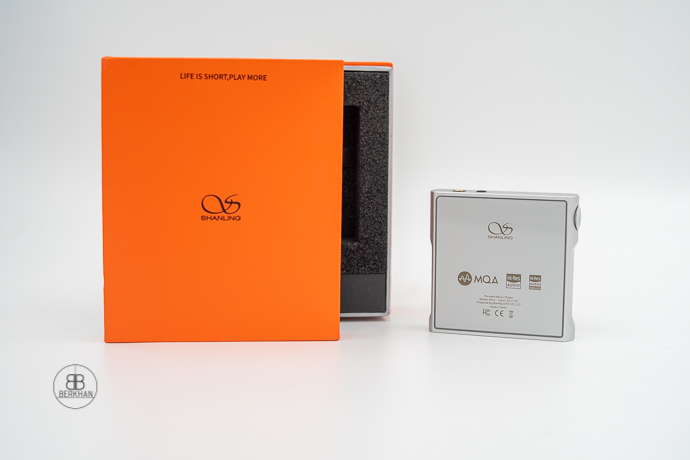
Other than that, this is not hugely different from Shanling’s design language. The four corners have a protruding profile as usual, a glass back, and a glass bottom (or top depending on your screen orientation preference). That is Shanling’s signature with their latest offerings, and they went the extra mile to give the M1s.
Overall the player looks sharp and cool, but the button placement to me is simply underwhelming. I guess there was no space to put the buttons on the sides, but again, a full-screen appearance would’ve been much cooler. Yet, you can get the M3 Ultra model for that. This is in between the M0 Pro and M3 Ultra in terms of size and market positioning.
Speaking of size, the M1s has excellent dimensions for super-portable scenarios. Sure, the M0 Pro is astonishing in terms of compactness, but it’s too small to handle its touch screen at times. The M1s however is the perfect trade-off, with a good presence to handle it well but it’s also very small to put it anywhere.
The device has a robust, monoblock chassis that is made from aluminium, which is excellent. It also doesn’t get scratched easily. The volume pot has a good profile and it’s easy to use it. It also serves as a power button as usual. The screen doesn’t have curved glass on the sides though, but it still feels very smooth and beautiful in hand. Looks-wise I think it’s very sweet. The silver one that I received is very nice looking.







